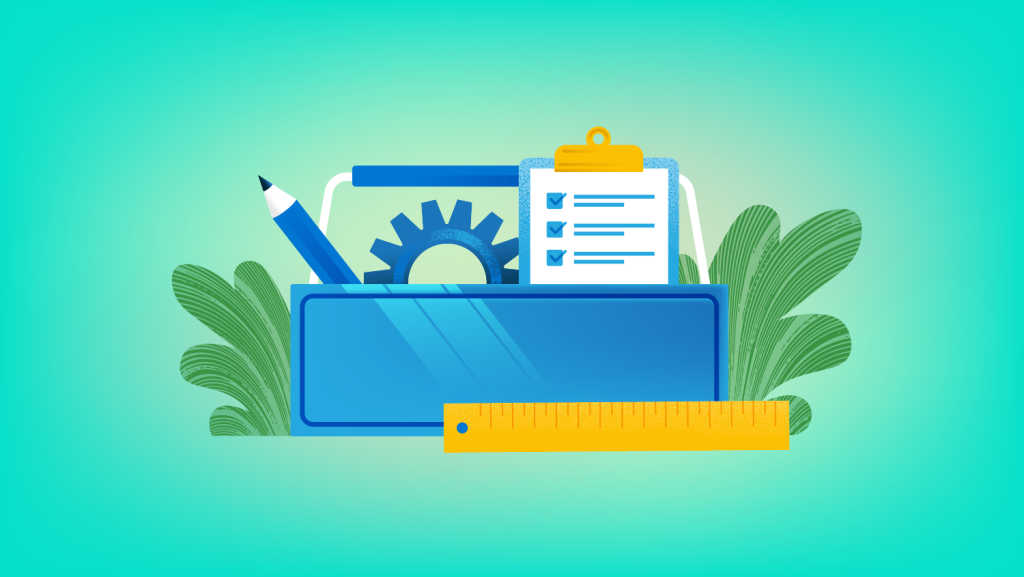In a world where industries shift fast and career paths rarely follow a straight line, professionals must continuously evolve. Whether you’re a creative freelancer, a team leader, or someone pivoting into a new field, your success increasingly depends on how fast — and how intentionally — you grow. Fortunately, a suite of powerful online tools now makes high-impact professional development more accessible than ever. Below are seven standout tools and practices to help you stay sharp, ahead, and in control of your journey.
1. Grow Beyond the Résumé with Rezi’s AI-Powered Coaching
While Rezi is known for creating ATS-optimized resumes, their newer features offer built-in feedback loops — helping users understand why a bullet point works, not just how. This feedback-centric approach transforms résumé writing into a learning experience. Professionals can use it to reflect on past roles, identify skill gaps, and visualize growth paths. Think of it as a career mirror — not just a document generator. Use Rezi not just to apply for jobs, but to clarify your professional narrative.
2. Level Up Strategy Skills Using Harvard ManageMentor
Many professionals chase productivity tools but overlook leadership and strategy. Harvard ManageMentor offers short, actionable learning modules on topics like decision-making, change management, and emotional intelligence. What’s powerful is the blend of academic insight and real-world application. Professionals can use it to lead more effectively, especially during organizational transitions. Bonus: its reflection prompts make it ideal for journaling alongside project retrospectives.
3. Use Loom to Build a Personal Knowledge Library
While Loom is widely used for asynchronous team updates, forward-thinking professionals use it to build “knowledge journals.” For example, record short weekly summaries of lessons learned, product feedback, or frameworks you’re exploring. Over time, this builds a searchable archive of your own thought process and growth. It’s especially powerful for freelancers and entrepreneurs looking to scale their mindset along with their business.
4. Practice Adaptive Thinking with Mindstone
Mindstone is an underrated tool that allows you to turn online articles, podcasts, and PDFs into structured learning playlists. But what sets it apart is its spaced-repetition prompts and AI-generated reflection questions. Instead of passively consuming content, you’re prompted to synthesize and apply it. This makes it perfect for staying ahead in fast-moving fields like design, marketing, or tech — where learning isn’t about certification, but integration.
5. Design Feedback Loops with Sharpen.design (for Creatives)
If you’re in any design-related field — especially graphic, product, or UI design — Sharpen.design offers daily creative prompts and a feedback-friendly community. What’s unique: it’s designed to simulate real-world design constraints, helping you practice under pressure. Whether you’re building a portfolio or trying to hone your instincts, this tool accelerates your ability to handle ambiguity and client expectations. Use it alongside peer review forums like Dribbble or Behance for even more feedback.
6. Use Tability to Set — and Ship — Personal OKRs
Tability is a tool that helps small teams manage OKRs, but many solo professionals use it to create “personal missions” with clear checkpoints. Unlike traditional task trackers, Tability encourages reflection on progress — not just completion. This makes it a great tool for coaching yourself through long-term development goals. Think “slow productivity” meets “high-impact clarity.” Set one learning goal per month and track your progress in public or with a small peer group.
📬 FAQ: Using Custom Designed Cards in Professional Development
In professional development, standing out often comes down to small, thoughtful touches that make a big impact. Custom-designed cards can be one of those tools — whether you’re thanking someone for an interview, networking at a conference, or showcasing your skills in a creative way. Below are answers to common questions about how professionals can leverage card design to build stronger connections and leave lasting impressions.
Q1. How can a custom thank you card enhance my chances after an interview?
Sending a thoughtfully designed thank you card shows professionalism and attention to detail. Unlike a standard email, a physical card leaves a tangible reminder of your appreciation. Including a personalized note reinforces your interest in the position and demonstrates that you’re willing to go the extra mile. Companies like Adobe Express and Hallmark Business Connections make it easy to design sleek, professional thank you cards tailored to your style.
Q2. Can I use a card to showcase my resume in a creative way?
Yes, a well-designed card can serve as a “micro-resume” that highlights your key skills, contact information, and personal brand. This approach is particularly effective at networking events, where handing someone a unique card can be more memorable than sharing a traditional resume. Services like Moo or Zazzle let you customize layouts that balance professionalism with creativity.
Q3. Are custom cards useful for networking at conferences?
Absolutely. While business cards are common, a custom card with a professional message, portfolio link, or QR code to your LinkedIn profile can set you apart. For example, you could design a card that introduces yourself with a short mission statement. This small effort often sparks deeper conversations and helps people remember you long after the event.
Q4. Where can I design and print professional-looking cards without needing design experience?
Platforms like Adobe Express make it simple with easy-to-use templates. You can create and print greeting cards directly online and have them ready for professional occasions. Other services like VistaPrint also offer customizable templates and printing options for professionals who want polished results without the need for graphic design skills.
Q5. Should I invest in digital versions of custom cards as well?
Yes. In today’s hybrid professional landscape, having both physical and digital options can maximize your reach. A digital custom card can be sent as a follow-up email attachment, while a printed card is perfect for in-person meetings or mailed notes. Companies like Adobe Express and Greenvelope provide tools for creating cards that work across both mediums, ensuring you’re covered in every scenario.
Professional development isn’t about chasing shiny tools — it’s about architecting your own growth loops. The best tools don’t just teach; they change how you think, how you create, and how you reflect. Pick one or two from this list and integrate them deeply. You’ll be amazed at how far you can go when you learn with intention.

